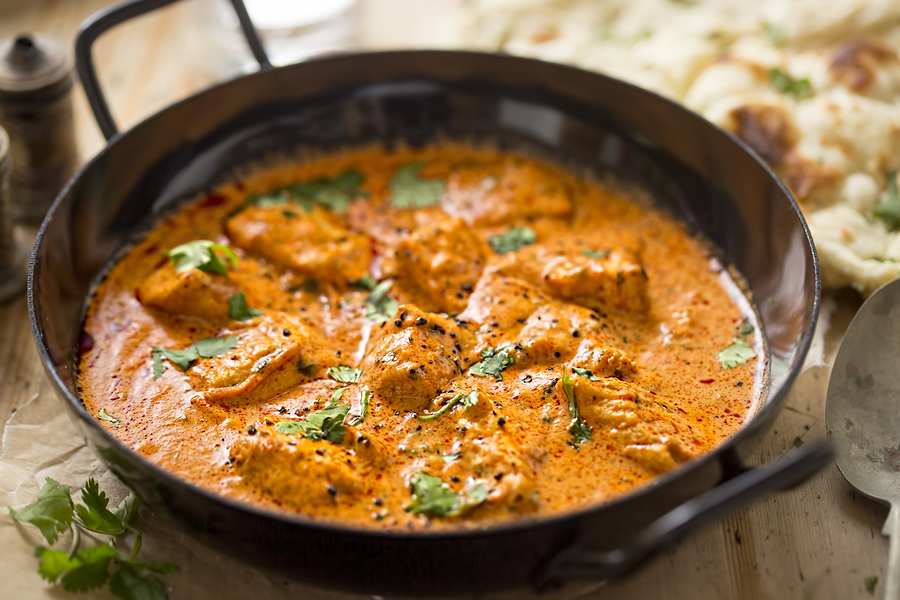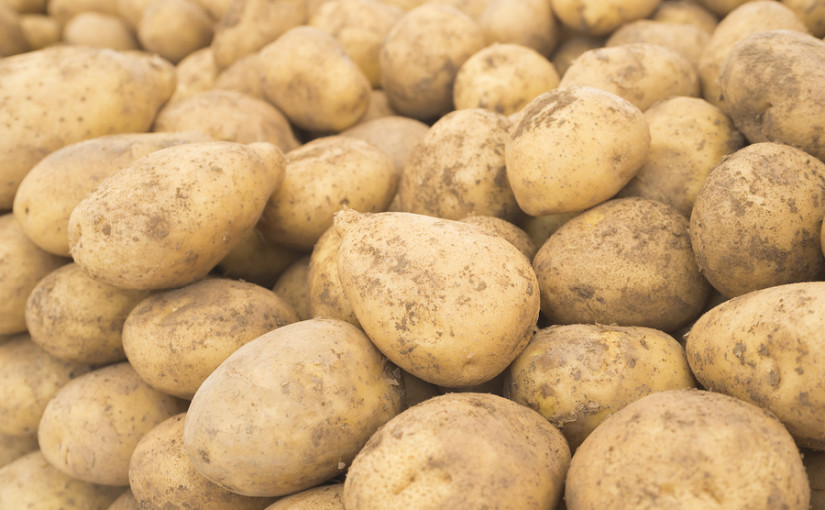We think of food as a renewable resource – in some cases it literally grows on trees – but producing enough food for everyone has huge implications in terms of energy usage, carbon emissions, the land area taken up by farming and the associated cost of all of those things.
Using less food by being smart and less wasteful can all help to make this most crucial of global resources more sustainable, while saving money on household food costs at the same time.
Here are a few tips based on figures from Love Food Hate Waste to cut down on your food bill by being a bit more careful about how much you cook and how much you throw away.
1. How bad is it?
…Your situation, not your food! Give some thought to how much of your kitchen bin waste is food and how much is unnecessary waste. Add that up over the course of a year and estimate how much money you are throwing away.
Nationally we waste £12.5 billion a year, an average of nearly £500 per household and about £200 per individual. For a family household it’s even more – around £700 in total.
2. Shop around

We’re cutting waste, but that doesn’t mean starving yourself. If you use a lot of something, it keeps a long time and you have space for it, buy in bulk – for example potatoes (more about those in a moment), rice, pasta and other dried foods.
On the flipside, don’t buy a kilo of carrots if you just need one. Know where your nearest shops are that sell loose veg, and if necessary, make a weekly pilgrimage to the market or a larger supermarket to buy loose, rather than grabbing family-sized packs from the convenience store if you live alone.
3. Know your potatoes
As the classic British staple food, potatoes have huge potential for improving your food efficiency – Love Food Hate Waste say the country as a whole wastes £230 million worth every year, an average of nearly a tenner per household, but likely to be more for families.
Storage is important, as potatoes will stay in better condition in a cool, dark, well-aired place, in their packaging or a cloth bag. You can still use them if they start to grow shoots or show green patches of flesh – just cut those bits off.
4. Leftover recipes

Have a few recipes you can go to when you need to use up some leftovers. Smoothies can make good use of over-ripe fruit and even some vegetables, while pancakes and wraps can make a meal of modest amounts of leftover fillings.
Bubble and squeak and turkey curry after Christmas might be cliches, but there’s a reason why people make them so often – and for every meal you make using leftovers, you save potentially 100% of the cost of new ingredients.
5. Use it all
The more fully you use each ingredient, the better value for money you get, and you could slash the preparation time of some meals at the same time.
For example, don’t peel vegetables if they just need a wash or a surface scrub. If you still find yourself wasting offcuts, consider buying frozen vegetables where you can measure out exactly what you need without wasting the rest of the pack.
